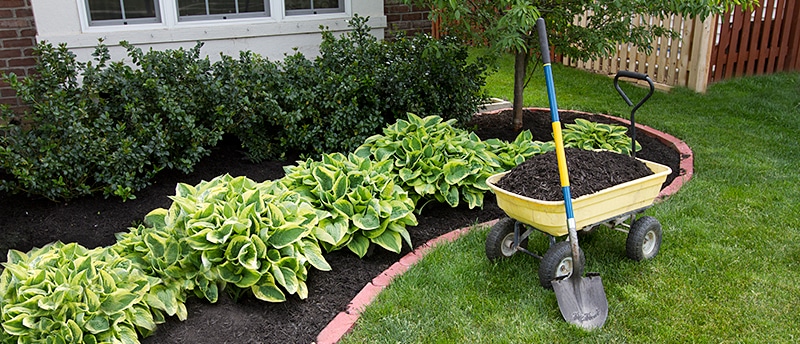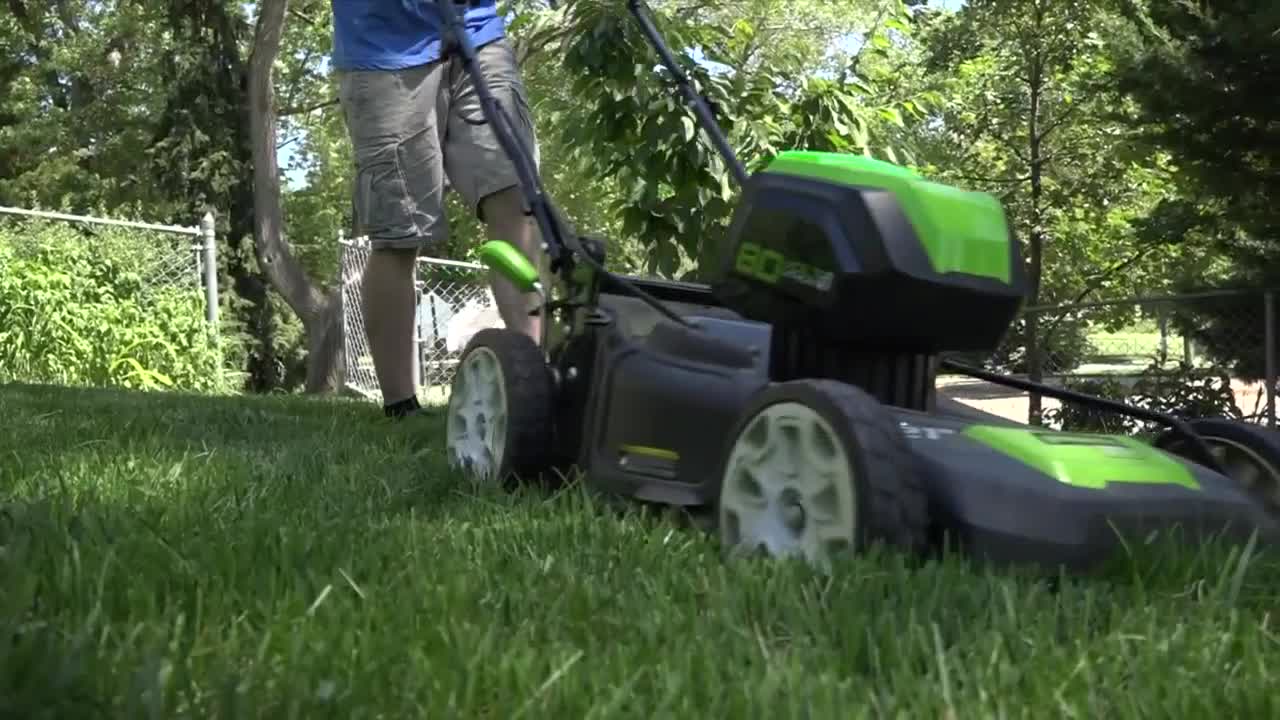
Green Harmony: Eco-Friendly Lawn Maintenance

Nurturing Nature: The Essence of Eco-Friendly Lawn Maintenance
Maintaining a lush, green lawn doesn’t have to come at the expense of the environment. Eco-friendly lawn maintenance is a sustainable approach that not only enhances the beauty of your outdoor space but also contributes to the well-being of the planet. In this article, we explore the principles and practices of eco-friendly lawn care, providing insights into creating a harmonious and environmentally conscious landscape.
Lawn Care Without Harm: The Foundations of Eco-Friendly Practices
Traditional lawn maintenance often involves the use of chemical fertilizers and pesticides, contributing to environmental pollution and potential harm to wildlife. Eco-friendly lawn maintenance begins with a commitment to minimizing or eliminating the use of harmful chemicals. This foundational principle prioritizes the health of the ecosystem, fostering a balanced and sustainable environment.
Natural Fertilization: Nourishing the Soil Responsibly
One of the pillars of eco-friendly lawn maintenance is natural fertilization. Instead of relying on synthetic fertilizers that may leach harmful substances into the soil, eco-conscious homeowners opt for organic alternatives. Compost, well-rotted manure, and organic soil conditioners provide essential nutrients to the soil, promoting healthy grass growth without compromising the ecological balance.
Water Conservation Strategies: Responsibly Nourishing Your Lawn
Water scarcity is a growing concern, making efficient water use a crucial aspect of eco-friendly lawn maintenance. Implementing water conservation strategies, such as using rain barrels, installing drip irrigation systems, and watering during optimal times, minimizes water wastage. These practices ensure that your lawn remains vibrant while contributing to the preservation of this precious resource.
Natural Pest Control: Embracing Beneficial Insects
Eco-friendly lawn maintenance embraces natural pest control methods, steering clear of chemical pesticides that can harm beneficial insects and disrupt the ecosystem. Introducing or attracting natural predators, such as ladybugs and predatory nematodes, helps control pest populations without compromising the overall balance of your lawn’s microenvironment.
Lawn Mowing Techniques: A Thoughtful Approach to Grass Height
The way you mow your lawn can significantly impact its health and resilience. Eco-friendly lawn maintenance involves adopting a thoughtful approach to grass height. Allowing grass to grow slightly taller than traditional mowing practices promotes deeper root growth, shades the soil, and reduces water evaporation. This approach contributes to a healthier and more drought-resistant lawn.
Choosing Native Plants: Harmony with the Local Ecosystem
Incorporating native plants into your lawn is a key strategy for eco-friendly maintenance. Native plants are adapted to the local climate, soil conditions, and wildlife, requiring less water and maintenance. This harmonious integration with the local ecosystem enhances biodiversity, supports pollinators, and contributes to a more resilient and sustainable landscape.
Mulching Benefits: A Protective Layer for Your Lawn
Mulching is a beneficial practice in eco-friendly lawn maintenance. Applying a layer of organic mulch around plants helps retain soil moisture, suppresses weeds, and regulates soil temperature. Additionally, as the mulch breaks down, it enriches the soil with organic matter, promoting a healthier and more robust lawn.
Comprehensive Lawn Health: A Holistic Approach
Eco-friendly lawn maintenance emphasizes a holistic approach to lawn health. This







